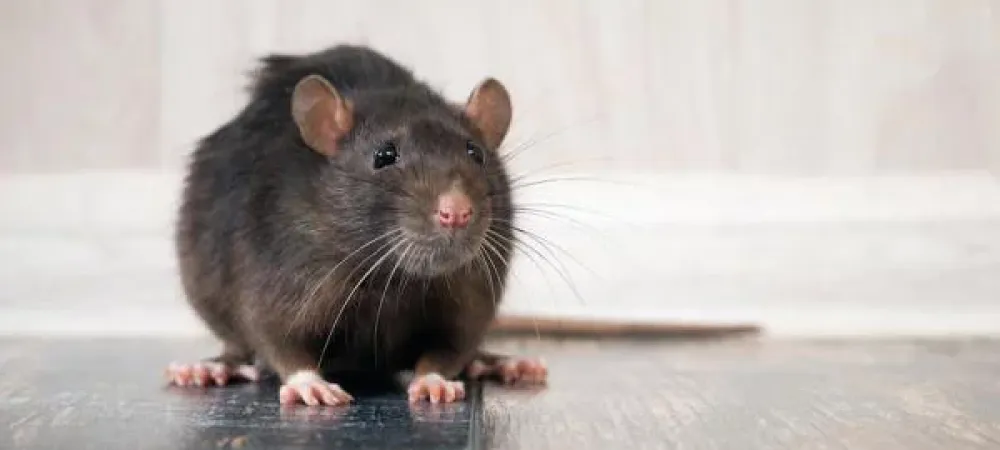What To Do When Mouse Traps Aren't Working In Your Pittsburgh Home

Catching a mouse with a mouse trap is no easy task. Mice are cautious, agile, and clever creatures. Let's take a look at a few ways mice can outsmart you and examine what works to get rid of mice when your traps aren't working.
Mouse Traps Not Working? Here's Why:
Mouse traps may fail to be effective for several reasons. Here are a few reasons you might be unsuccessful:
Wrong Bait
If you watched cartoons as a kid, you might think that the best way to catch mice is with cheese. But this is not the case. Cheese is not a preferred food source for mice. They are far more interested in seeds and nuts. Not only is cheese not preferred, but cheese is usually very easy for a mouse to get off the latch of a trap without springing the trap. It is best to use peanut butter or rice when attempting to catch mice with a spring-loaded trap.
Wrong Placement
Have you ever seen a mouse running along a wall? They do this even when you're not watching. Mice don't just run around everywhere. It takes a lot for a mouse to become comfortable in a room. Or the room has to have lots of hiding places that the mouse can retreat to. Most of the time, a mouse will stick near walls and run along baseboards with one side touching. Placing traps around a room will do little to capture mice.
Fancy Traps
Have you noticed how fancy traps have gotten? Some look like giant roach motels for mice. Don't let those fancy designs fool you. Mice don't usually fall for these traps. One reason is that mice are suspicious of new things put into their environment. If you place one of these monstrosities on a route a mouse has taken several times, it will just go around it.
No Touchy
Mice have a powerful sense of smell. If you lay traps down with your bare hands, it is likely that mice will smell you on those traps and avoid them. If you're hoping to catch mice, it is best to wear gloves when laying traps for them.
Not Enough
Mice are incredibly fast. They're so fast that they can move out of the way of a springing trap. This is why traps can be found sprung, with no mice in them. Professionals used to have to lay several traps down in one location to capture mice. They understood that mice would jump back when a trap went off, and they would count on other traps getting them when they did.
You Just Don't Know
One of the worst issues with DIY mouse traps is that homeowners don't know if they got all the mice. This can allow mice to continue to cause issues in a home. And, boy can mice cause issues. They chew holes in the exterior. They chew holes in stored furniture and boxes. They chew holes in stored food packages. They spread harmful bacteria and parasitic worms. They spread ticks, fleas, and other ectoparasites. They urinate. They defecate. If you don't get those mice out of your home they can continue to damage your property and make you sick. Mice are also linked to house fires. These little rodents have a tendency to chew on wires.
What Works to Get Rid of Mice
Eliminating mice in your Pittsburgh home is not about what you use to capture mice but what methods you use. At Witt Pest Management, our pest management professionals are licensed, expertly trained, and experienced at tracking mice. They are educated in the behaviors and habitat preferences of mice, and the control products that work to capture and remove them—including the use of traps. The traps we deploy are tamper-resistant and known to be effective at capturing mice and rats when placed appropriately. There is no guesswork involved. We use a systematic and field-tested approach to rodent control and use science to take down infesting rodents.
If you've had enough of rodent issues, contact Witt Pest Management. We've been providing rodent control in Pittsburgh since 1908. We can help you solve your rodent problems and protect your property and health.
